7 Health Benefits Of Kalamata Olives You Must Know
All the good reasons to reach out for this olive and make it a part of your diet.
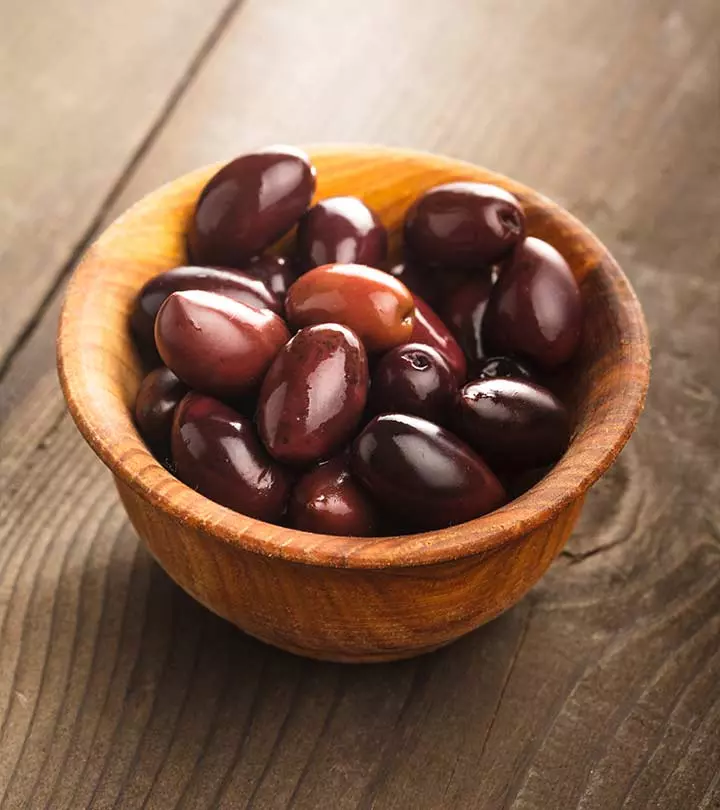
Image: Shutterstock
Kalamata olives are large and brown and have a meaty texture and unique taste. They are named after the city of Kalamata in Greece and are the most popular variety of olives. The health benefits of Kalamata olives can be linked to their rich nutritional profile and antioxidants. They taste a little sweetish or slightly bitter, and are known for their anti-inflammatory properties that help treat and prevent several ailments.
 Know Your Ingredient: Kalamata Olive
Know Your Ingredient: Kalamata OliveWhat Is It?
It is an almond-shaped, deep purple or dark-colored fruit with a skinny smooth skin. The central seed is surrounded by a fleshy pulp with a rich smokey taste.
What Are Its Benefits?
Helps regulate blood sugar and cardiovascular health and aids weight loss metabolism.
Who Can Consume It?
It is especially beneficial for those wanting to improve heart health and reduce cancer risks.
How Often?
It can be a part of everyday consumption, in moderation.
Caution
Overconsumption can lead to kidney failure..
This article explores the health benefits and nutrition facts of Kalamata olives and how you can include them in your diet. Take a look.
In This Article
What Are Kalamata Olives?
Kalamata olives are generally compared with black olives but differ in size, taste, and texture.
These olives are usually cured with brine, which gives them a soft texture and a unique flavor. These are loaded with nutrients and are believed to help manage many health conditions.
 Fun Fact
Fun FactWhat nutrients do Kalamata olives offer? We explore their nutritional profile in the following section.
Nutritional Profile Of Kalamata Olives

A hundred grams of Kalamata olives (17 olives) contains (1):
- Calories: 300
- Fat: 30g
- Carbohydrates: 6.67g
- Dietary Fiber: 6.7g
- Sodium: 1.26g
- Potassium: 0.13g
These essential nutrients in Kalamata olives offer many health benefits. But how are Kalamata olives good for you? We discuss the same in the next section.
Health Benefits Of Kalamata Olives
1. May Promote Skin HealthOlives have been an integral part of many skin care regimes for the visible benefits they offer.
Oleuropein, a phenolic component in olives, is found to protect the skin from chronic UVB-induced damage. It also acts as a free radical scavenger (2).
This graph from a study published in Antioxidants (Basel) reveals that Kalamata olives contain high amounts of phenolic content. Though the CdN table olives were the richest in phenolic compounds, with a TPC equal to 13.08 mg/g DW, Kalamata olives showed a high content of phenols (10.84 mg GAE/g DW) compared to the other five commercially available olives covered in the study.

Total Phenolic Contents In Seven Commercial Black Table Olives
Source: Antioxidant Activity and Anthocyanin Contents in Olives (cv Cellina di Nardò) during Ripening and after FermentationTherefore, including Kalamata olives in your diet may improve your skin health.
2. May Reduce The Risk Of Cancer
Kalamata olives are rich in polyphenols, antioxidants, and flavonoid compounds. These compounds shield the cells and cell membranes from free radical or external damage and potentially help in cancer prevention. Besides, the oleuropein in these olives may also hinder the viability of cancer cells (2), (3).
3. May Promote Cardiovascular Health

The oleuropein in Kalamata olives has been shown to reduce the risk of coronary heart disease and promote heart health. Studies suggest that it may protect against acute adriamycin cardiotoxicity (damage to the heart muscle). It was also found to inhibit the oxidation of low-density lipoproteins (LDL), also known as bad cholesterol (2),(3).
4. May Aid In Weight loss
Olives have powerful antioxidants and help maintain HDL cholesterol levels. Olive intake may also inhibit LDL development, which may aid in healthy weight management. These factors may hinder unwanted weight gain (3). However, more concrete research is warranted to understand how Kalamata olives may help with weight loss in humans.
5. May Help Manage Diabetes
The glycemic index of Kalamata olives is low (they digest very slowly), and they prevent the sudden release of sugars into the blood. One Kalamata olive (4 grams) provides 1 to 3 mg of hydroxytyrosol (a oxidative stressi An imbalance in the body between the production of free radicals and antioxidant abilities that can lead to cell damage and other symptoms like chronic fatigue. .” ]) (4). Hydroxytyrosol has insulini A peptide hormone released by the pancreas in the body that is responsible for regulating glucose in the blood. -like effects and had shown significant anti-diabetic properties in animal models of type 2 diabetes. Moreover, it has protective effects against oxidative stress, inflammation, hyperglycemia (high blood sugar), and hyperlipidemia (high fat levels in blood).
Besides, the European Food Safety Authority has approved the use of hydroxytyrosol (5 mg/day) to prevent oxidative damage and inflammation, reducing the risk of insulin resistance/diabetes (5). However, more quality research is warranted to understand the role of Kalamata olives in diabetes control.
6. May Combat Inflammation
The antioxidant compounds in olives effectively combat free radicals. This helps prevent harmful oxidative damage to cells and effectively combat inflammation and may also help improve brain function (6). These anti-inflammatory properties can be attributed to the polyphenol content in olives (7). However, olive oil is more clearly studied for this benefit than olives directly. So, detailed research on the consumption of Kalamata olives and their role in combating inflammation is warranted, as olive oil benefits are well-established and may also extend to whole olives.
 Did You Know?
Did You Know?In Greece, olives are very sacred and a huge part of their culture. The goddess Irene was shown carrying an olive branch to symbolize peace. And to claim the city of Attica (present day Athens), goddess Athena was believed to have planted an olive tree so the people would have food, oil, and wood.
7. May Lower Blood Pressure
Table olives are packed with cardioprotective bioactive compounds such as oleic acid, polyphenols, and pentacyclic triterpenes. A study was conducted to evaluate the effect of table olives on blood pressure levels of spontaneously hypertensive rats (SHR) and Wistar Kyoto (WKY) rats. The findings revealed that while the olives did not affect the blood pressure of WKY rats, they significantly reduced the blood pressure levels in SHR rats. The analysis also detected polyphenols and oleanolic acid in the rat’s plasma as contributing to lower blood pressure levels. These results indicate that daily consumption of table olives may help in blood pressure management (8). However, further studies are warranted in this regard.
These benefits of Kalamata olives are far-reaching. But, what makes these olives one of the healthiest foods to consume? Let’s explore the reasons in the following section.
Why Are Kalamata Olives Among The Healthiest Foods We Know?

Kalamata olives have special nutritional benefits compared with other olives. These olives are a good source of fiber and vitamins A, C, B, E, and K, and minerals like iron, calcium, magnesium, phosphorus, and potassium. Besides, most of their fat content is monounsaturated. Four tablespoons of Kalamata olives contain 2.7 grams of monounsaturated fat and 0.3 grams of polyunsaturated fat. These olives also contain natural antioxidant polyphenols.
Adding Kalamata olives to your daily diet can offer you several health benefits. Here are a few easy ways to do it.
How To Add Kalamata Olives To Your Diet

Kalamata olives are an integral part of the Mediterranean diet and Greek cuisine. So, let us take a look at some of the fun and easy ways of adding these delicious olives to your diet.
- Use as a topping on salads or soups.
- Serve as an appetizer with a pinch of salt and pepper.
- Add to sandwiches to enhance the flavor.
- Eat with bread, pita bread, and pasta to enhance the taste.
- Use as a spread on bread by blending olives into a fine paste with vinegar and a pinch of salt.
These are some of the easiest ways to add Kalamata olives to your diet. But you have to follow certain safety precautions before consuming them. We discuss them in the following section.
Precautions To Be Considered Before Taking Kalamata Olives

You cannot eat raw or unprocessed Kalamata olives because of their sourness/bitterness. They undergo a curing process to alter their taste. They are dipped in brine or saltwater, which increases their sodium content. Taking them in excess may elevate your body’s sodium levels.
Mary Wirtz, RD, says, “Kalamata olives are calorie-dense. Therefore, if you watch your calorie intake, weight, or sodium intake, do not overdo these olives. Typically for most individuals, half a serving is enough to add flavor to any dish.”
Infographic: Kalamata Olives Vs. Black Olives
Although kalamata olives are being popularised as a substitute for black olives, they have significant differences. The following infographic provides information about the major differences between these two varieties of olives. Take a look. Illustration: StyleCraze Design Team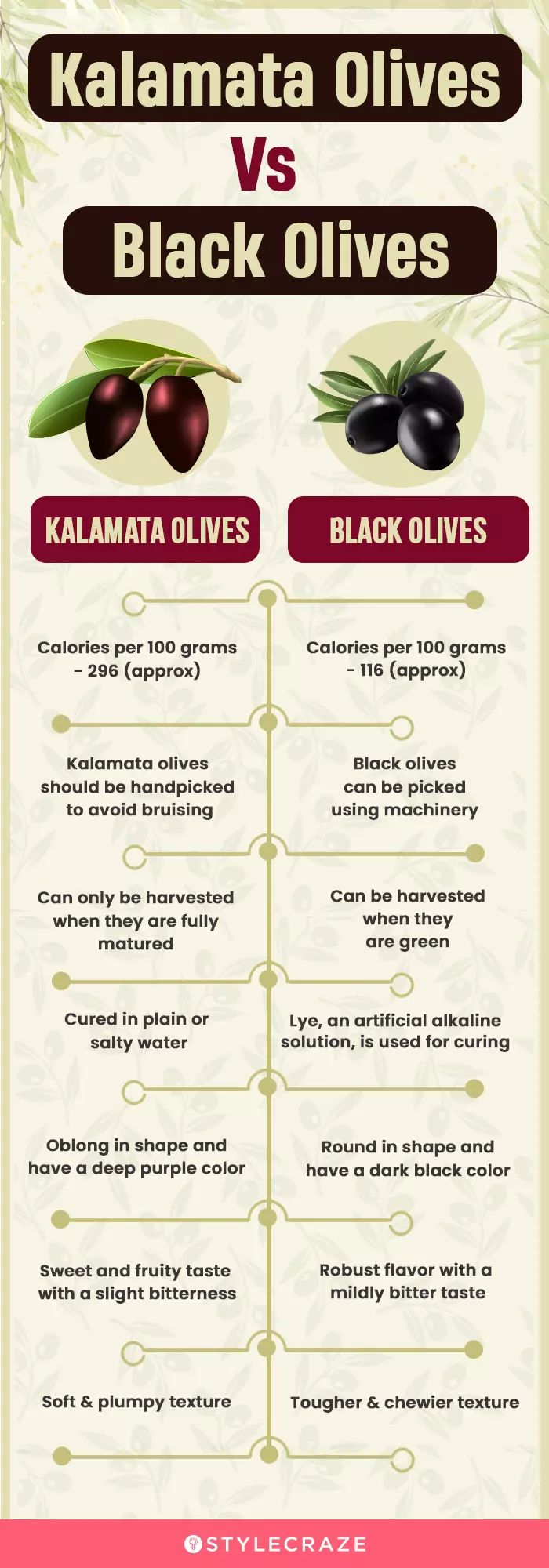
Kalamata olives are dark purple fruits with a rich nutrient profile. They have a meaty texture and are slightly bitter. The many benefits of kalamata olives can be attributed to their antioxidants and fiber. The intake of these olives may promote skin health, reduce cancer risk, enhance cardiovascular health, aid in weight loss, and help manage diabetes. You can easily add them to your diet as toppings and appetizers. However, excess consumption may elevate sodium levels in the body. Hence, moderation is advised.
Frequently Asked Questions
Are Kalamata olives a superfood?
Yes. Kalamata olives are considered a superfood with a rich nutritional profile and health benefits.
Are Kalamata olives healthier than green olives?
Yes. Kalamata olives contain more healthy fat, fiber, and carbohydrates than green olives (1), (9).
How many Kalamata olives should I eat a day?
The intake of about 16-24 small to medium-sized Kalamata olives per day is considered safe.
Are Kalamata olives probiotic?
Kalamata olives made with salt water brine are probiotic in nature and good for gut health.
Are Kalamata olives acidic or alkaline?
Kalamata olives are alkaline when they are fresh (pH 8.0), but they are acidic when pickled (pH 6.5).
Are Kalamata olives good for arthritis?
Anecdotal evidence suggests that Kalamata olives help reduce symptoms related to arthritis. However, limited research is available to prove these claims.
Why are Kalamata olives salty?
Kalamata olives are salty because they are cured in salt water.
Key Takeaways
- Kalamata olives are cured with brine to provide a soft texture and flavor.
- Oleuropein in Kalamata olives reduces the risk of heart diseases and cancer, weight gain, and diabetes.
- Moderate consumption of these olives is recommended as their sodium content increases during the curing process.
Illustration: Kalamata Olives: Nutrition Benefits And Ways To Include In Diet

Image: Stable Diffusion/StyleCraze Design Team
Discover 10 incredible health benefits of kalamata olives in this video. From reducing inflammation to improving heart health, these olives are a must-have in your diet.
References
Articles on StyleCraze are backed by verified information from peer-reviewed and academic research papers, reputed organizations, research institutions, and medical associations to ensure accuracy and relevance. Read our editorial policy to learn more.
- KALAMATA OLIVES PITTED
https://fdc.nal.usda.gov/fdc-app.html#/food-details/589246/nutrients - Oleuropein in Olive and its Pharmacological Effects
https://www.ncbi.nlm.nih.gov/labs/pmc/articles/PMC3002804/ - Olive oil and prevention of chronic diseases: Summary of an International conference
https://www.sciencedirect.com/science/article/pii/S0939475318301261 - Food Processing and the Mediterranean Diet
https://www.ncbi.nlm.nih.gov/labs/pmc/articles/PMC4586566/ - Antidiabetic Effects of Hydroxytyrosol: In Vitro and In Vivo Evidence
https://www.ncbi.nlm.nih.gov/labs/pmc/articles/PMC6616959/ - Cardioprotective and neuroprotective roles of oleuropein in olive
https://www.ncbi.nlm.nih.gov/pmc/articles/PMC3730992/ - The Protective Effects of Extra Virgin Olive Oil on Immune-mediated Inflammatory Responses
https://pubmed.ncbi.nlm.nih.gov/29141575/ - Table olive elicits antihypertensive activity in spontaneously hypertensive rats
https://www.ncbi.nlm.nih.gov/pmc/articles/PMC9796528/ - Olives, green
https://fdc.nal.usda.gov/fdc-app.html#/food-details/1103679/nutrients
Read full bio of Gabrielle Kane
Read full bio of Ravi Teja Tadimalla
Read full bio of Himanshi Mahajan







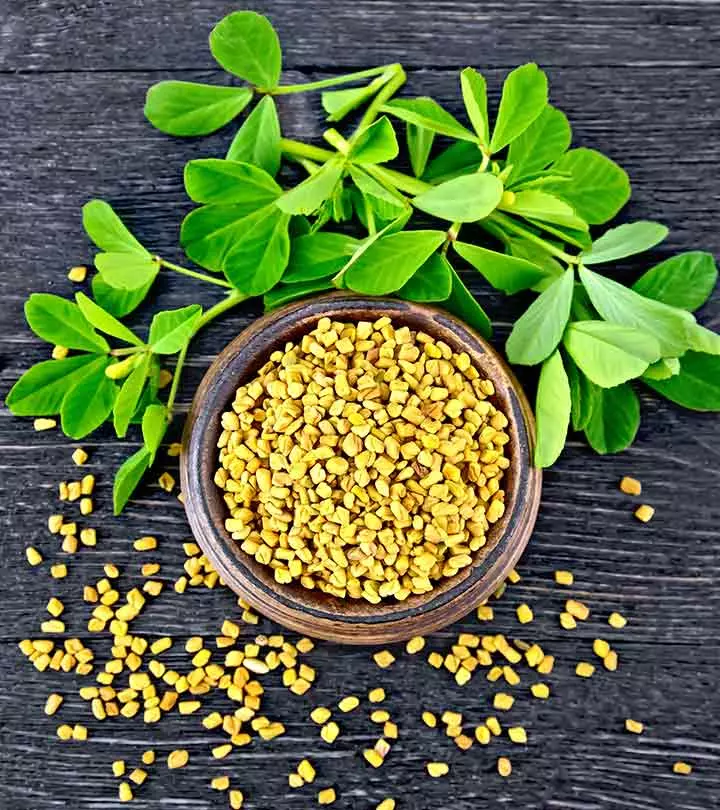
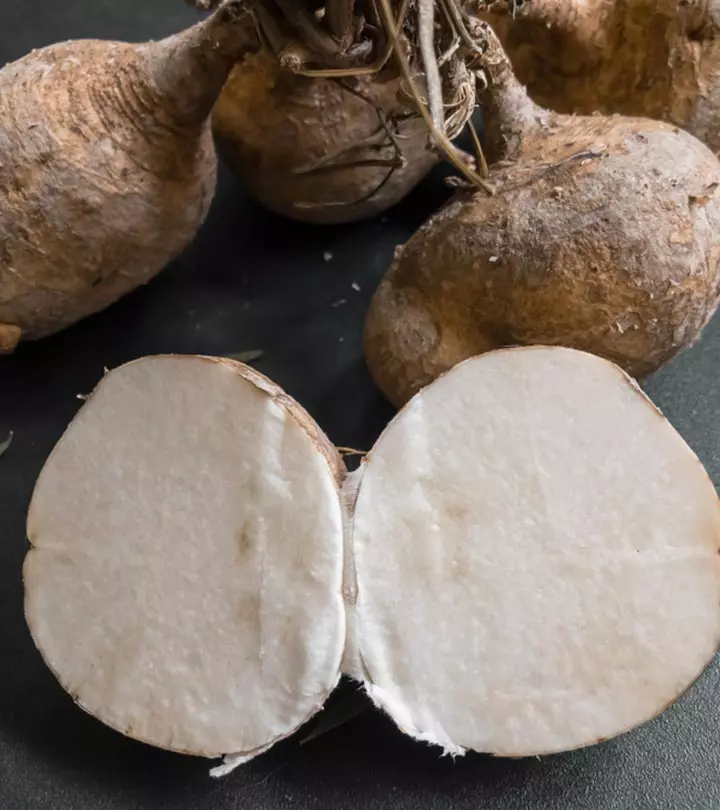
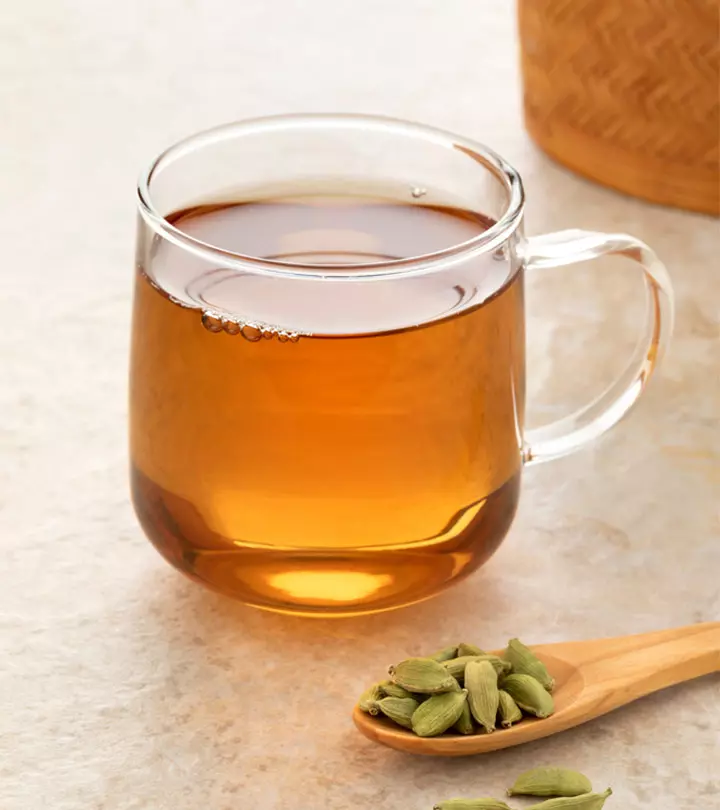


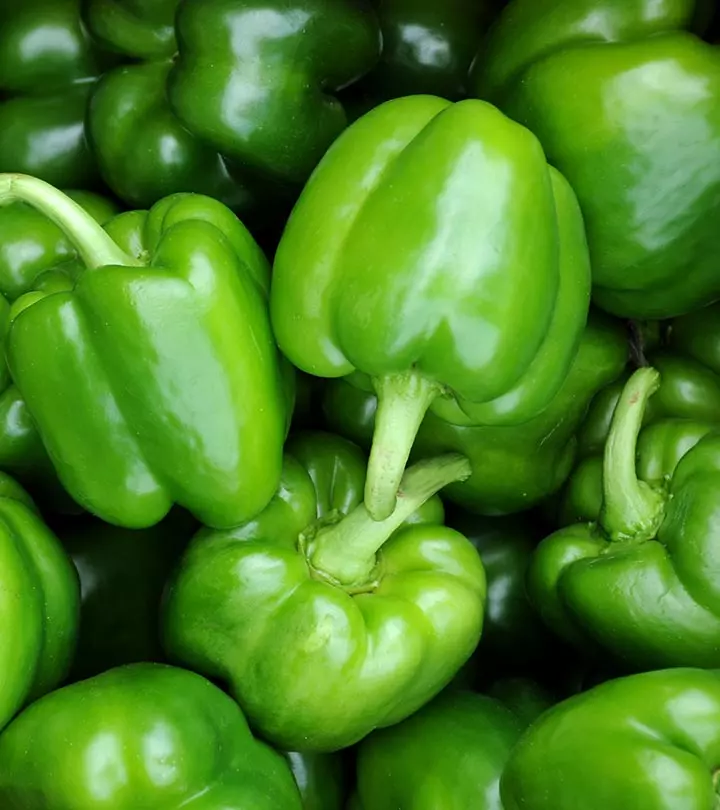

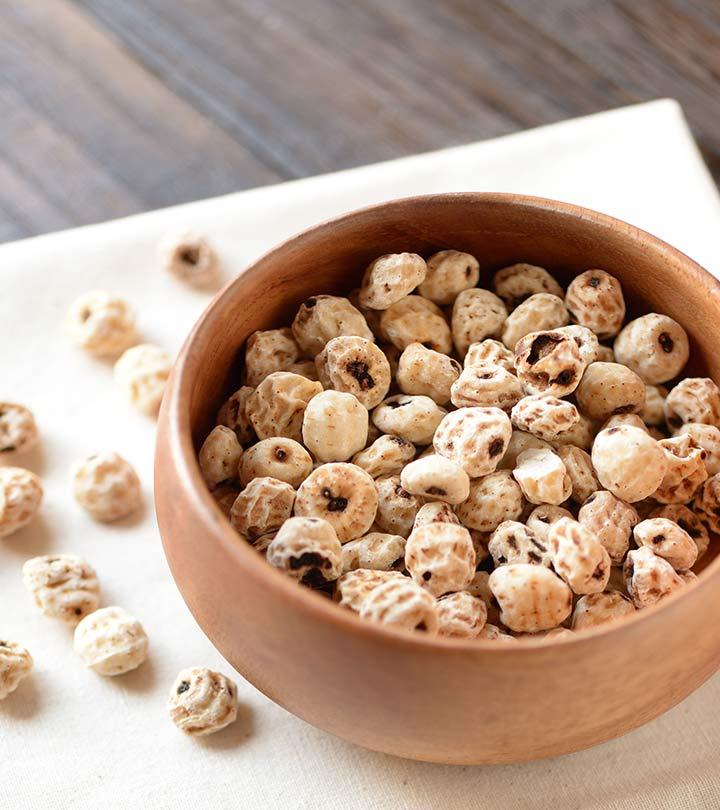
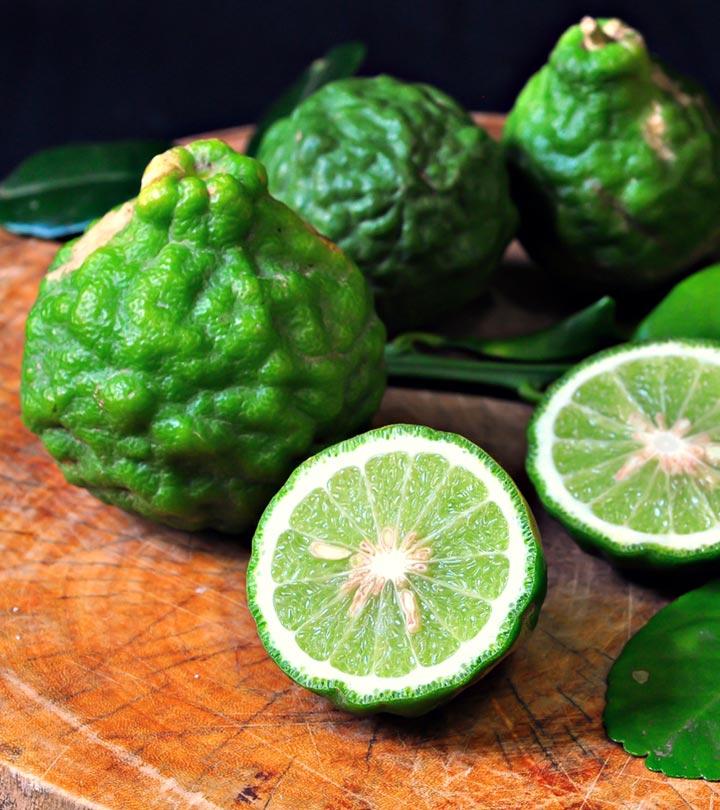

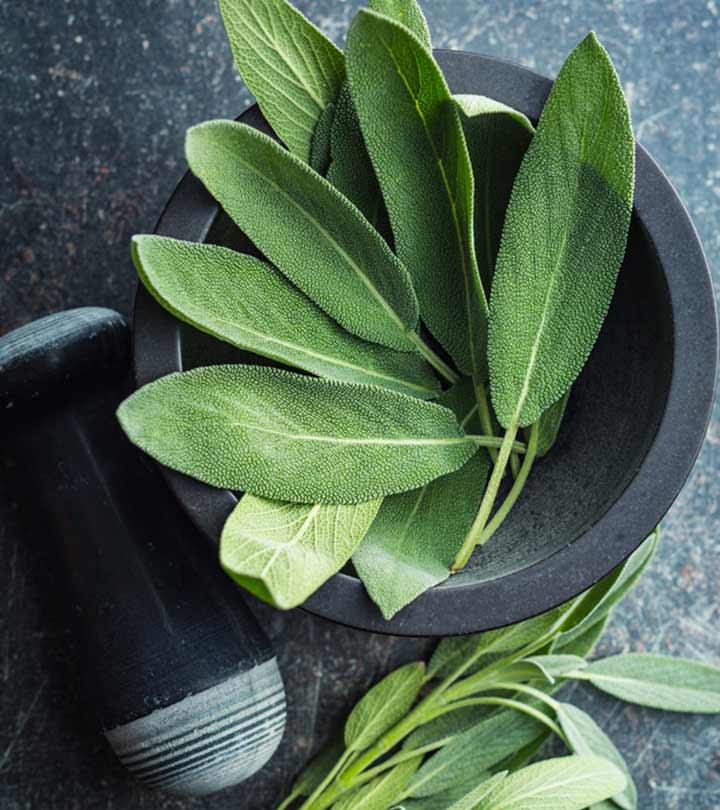
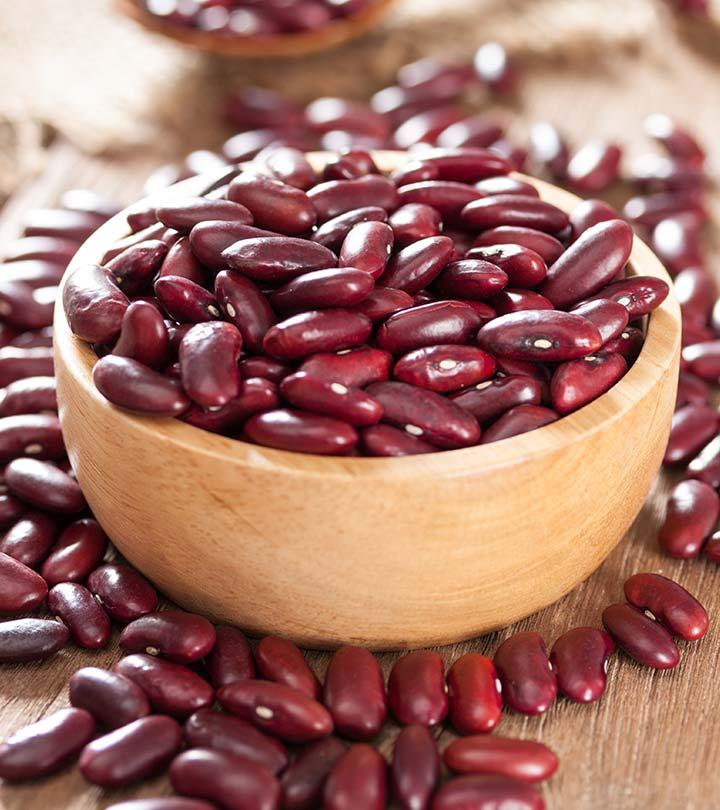



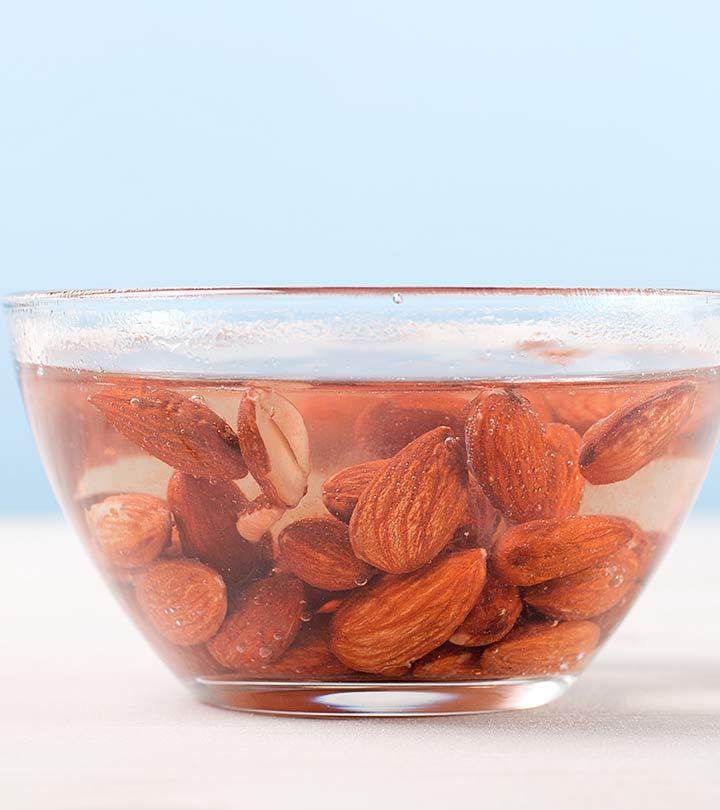



Community Experiences
Join the conversation and become a part of our empowering community! Share your stories, experiences, and insights to connect with other beauty, lifestyle, and health enthusiasts.